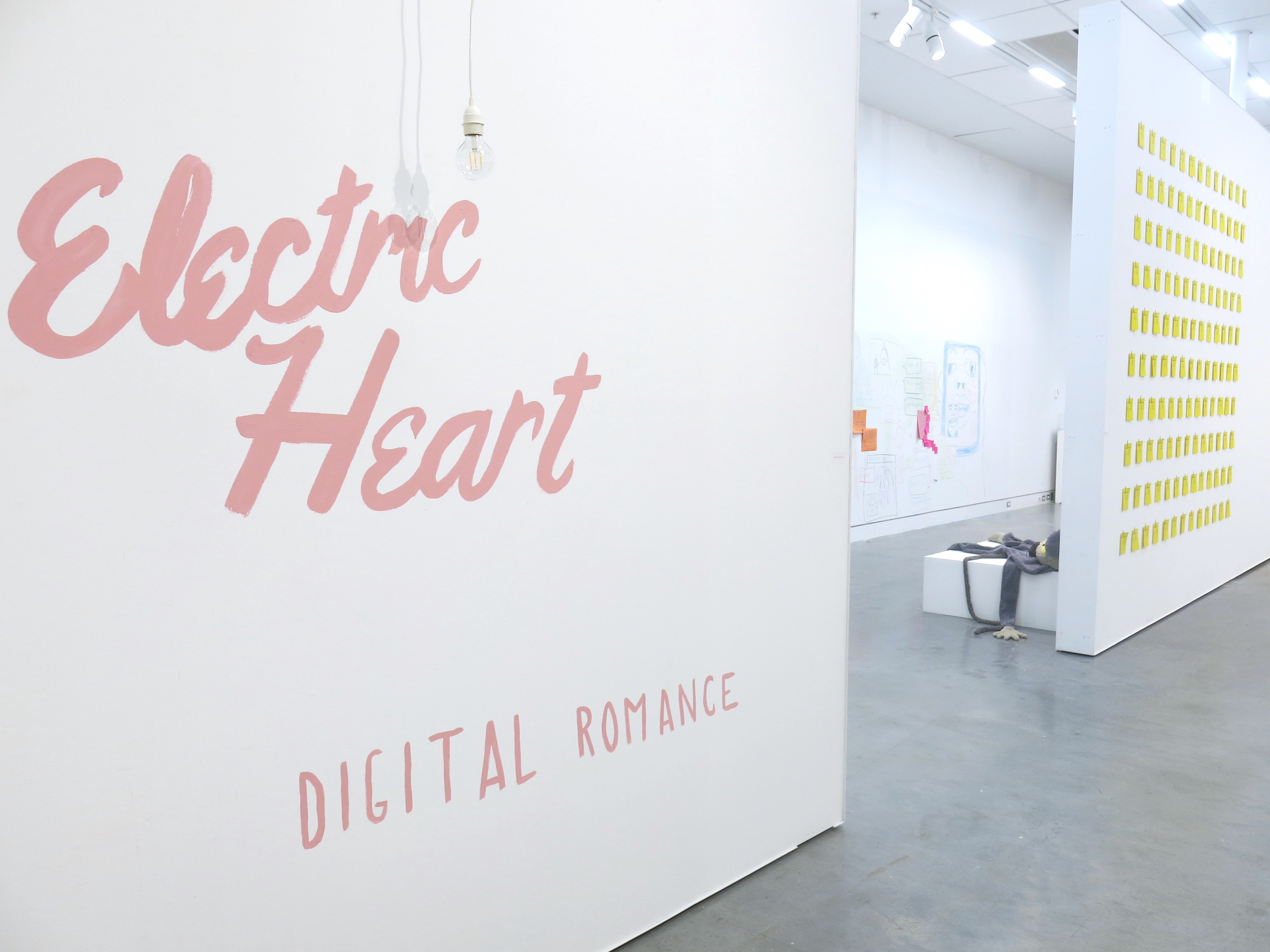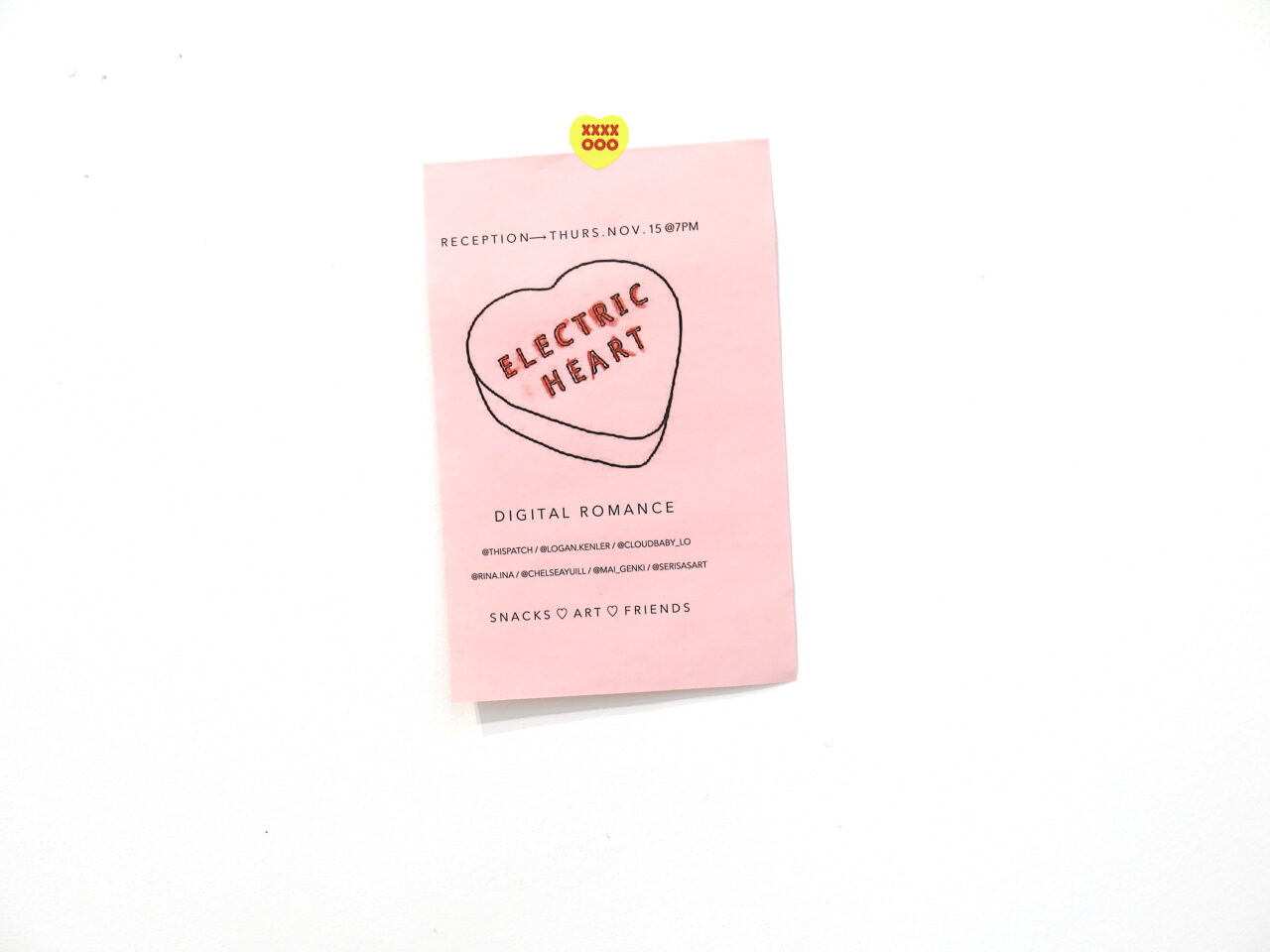A Short Guide to Curating Your First Show

Posted on | Updated
A step-by-step look at how you can make the most of your ECU exhibition resources!
One of the most exciting milestones in an artist or curator’s career is putting together your first show. As a student at Emily Carr University of Art + Design, you can propose an exhibit of your own to show here on campus.
There is a great advantage to organizing your first exhibit while you are a student. For one, it gives you relevant professional experience to add to your resume or CV. Another benefit is all the resources and support available to you—we want to see you succeed!
But how, exactly, do you organize an art show? Where should you begin? This post will help you get started, whether you want to curate for a gallery on campus or elsewhere.
Planning 101
Access Gallery board member and curator of SAD Magazine’s Disposable Camera Show series Megan Jenkins says to give yourself a long timeline. Create a calendar and mark certain milestones to complete along the way. For example, choose one week to create an invite list, and dedicate another week to making plaques, so you don’t get overwhelmed. It’s a good idea to compile all this information in an accessible place, like a Google Doc, to help stay organized.
Megan also warns against planning only up until opening night: “Have a plan for after the event. Make you sure thank sponsors, artists, and plan for shipping any pieces that have sold. After the show is just as important as the show.”
Patch Donaghy, a recent Emily Carr graduate, curated their first show Electric Heart (2018) here in the Michael O’Brian Exhibitions Commons. When envisioning their exhibit, they found it useful to sketch out a floor plan. Planning the layout in this way can save you time and stress when you are installing the work.

Holding Your Show at Emily Carr
If you want to organize a gallery show on campus, you will need to apply to the Student Exhibition Committee. Your application should provide a description of your proposed show, the title, artists, and the name of the organizers. For more information, refer to the student exhibition guidelines.
There are several campus exhibitions spaces open to students, including:
- The Michael O’Brian Exhibition Commons. Students can apply to show in all or part of the MOEC, which is divided into three areas.
- The RBC Media Gallery. This is adjacent to The Caf and supports dynamic media and video installations.
- The Ron Burnett Library + Learning Commons.
- CRCP Exhibition Hall. Located in the Level 3 Atrium near the Animation studios, this is a flexible space open to students from all programs and years.
Additionally, program-specific exhibition spaces include:
- NMSA: Diffuser Gallery (Level 1)
- Photography: Room B4110 (Level 4)
- Print Media: Level 4 Atrium
- Painting: Level 4 Painting Studios
- Sculpture: Level 1 Sculpture Studios
Contact information for all gallery spaces can be found in the exhibition guidelines.
Curating on a Budget
When it comes to your costs, Megan once again recommends putting in the work early. She notes that many companies put money aside each year to support student work. It’s also worth investigating what kind of grants are available to help fund your exhibition. The BC Alliance for Arts + Culture has a guide on grants and funding. If you are lucky enough to get funding, make sure to invite donors to the show!
Megan says that it’s important to be realistic about costs. “When budgeting, be generous. You’re always going to end up spending more than planned. If you have this amazing design planned and you run out of budget, you’re playing with fire.”
For Patch, keeping it simple was the key to keeping costs down. Instead of fancy plaques beside the art, they printed modest but elegant signs with a regular printer. The university provided Patch with putty to attach the signs to walls, as well as cleaning products to clean up once the show was finished.

Promoting your Show
When you put your heart into curating a show, you want people to come and see it! A benefit to showing your exhibit on campus is the built-in audience of the students and staff who pass by. But if you want to maximize your exposure or are showing at an outside gallery, you will want to build awareness.
Here are a few ways to get the word out:
- Writing a press release. Local media outlets like Scout and Vancouver Is Awesome often share exhibitions, and have contact information on their websites.
- Creating a Facebook event to invite your network
- Submitting your event to listings like instant coffee and the Georgia Straight (generally you need to do this at least two weeks in advance)
- Send an email announcement to your invite list
- Make sure the artists and venue are promoting the show - put exhibition graphics, details, blurbs, etc in a Dropbox folder or share in an email to make it easy.
- Submit your event to the ECU Events Calendar. Ideally, you should submit at least two weeks in advance to ensure it will be shared in Emix (our public newsletter) as well as the Emily Post, which is sent to all current students, staff and faculty.
- If you’re having an exhibition on campus, you can also post a Notice to remind people when to drop in! These are up for two weeks so they’re great for reminders during your show.
These days, promoting on social media is a given. Patch was grateful for the mention of their show in the Emily Carr Student Exhibition Instagram account, @ecuadstudentexhibitions, which they said helped get the word out. It’s also not a bad idea to design a digital poster or Instagram graphic that will make it easy for your friends to share on their own social media channels.
It’s Worth the Work
Remember, it’s okay to be unsure or make a mistake—this is usually when we learn the most. “As you go on, it does get easier, but it’s never any less work,” says Megan.
For Patch, curating Electric Heart was great practice in problem-solving. Throughout the organizing process, there were times when they needed to take initiative and think on their feet. While it challenged them, it was also empowering: “It was enjoyable to have to learn it for myself, because that made it similar to the professional world. Emily Carr is a space to be creative and try something out.”
—
Written by Madeline Barber